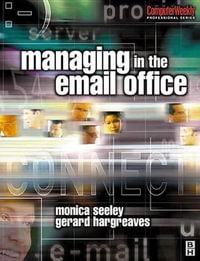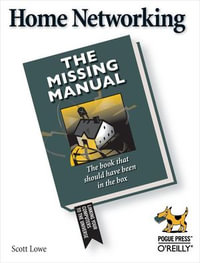Introduction xxv
Part 1: Exchange Fundamentals 1
Chapter 1: Putting Exchange Server 2013 in Context 3
Chapter 2: Introducing the Changes in Exchange Server 2013 27
Chapter 3: Understanding Availability, Recovery, and Compliance 55
Chapter 4: Virtualizing Exchange Server 2013 83
Chapter 5: Introduction to PowerShell and the Exchange Management Shell 103
Chapter 6: Understanding the Exchange Autodiscover Process 149
Part 2: Getting Exchange Server Running 175
Chapter 7: Exchange Server 2013 Quick Start Guide 177
Chapter 8: Understanding Server Roles and Configurations 201
Chapter 9: Exchange Server 2013 Requirements 217
Chapter 10: Installing Exchange Server 2013 241
Chapter 11: Upgrades and Migrations to Exchange Server 2013 or Office 365 259
Part 3: Recipient Administration 283
Chapter 12: Management Permissions and Role-based Access Control 285
Chapter 13: Basics of Recipient Management 325
Chapter 14: Managing Mailboxes and Mailbox Content 339
Chapter 15: Managing Mail-enabled Groups, Mail-enabled Users, and Mail-enabled Contacts 389
Chapter 16: Managing Resource Mailboxes 413
Chapter 17: Managing Modern Public Folders 429
Chapter 18: Managing Archiving and Compliance 455
Part 4: Server Administration 483
Chapter 19: Creating and Managing Mailbox Databases 485
Chapter 20: Creating and Managing Database Availability Groups 507
Chapter 21: Understanding the Client Access Server 547
Chapter 22: Managing Connectivity with Transport Services 599
Chapter 23: Managing Transport, Data Loss Prevention, and Journaling Rules 639
Part 5: Troubleshooting and Operating 669
Chapter 24: Troubleshooting Exchange Server 2013 671
Chapter 25: Backing Up and Restoring Exchange Server 695
Appendix: The Bottom Line 723
Index 757
























